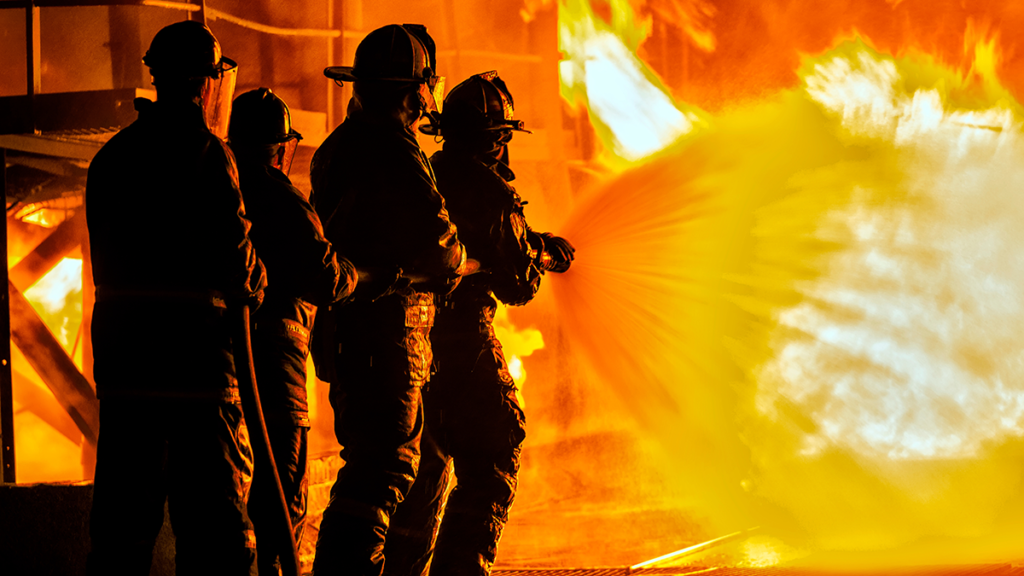Researchers are utilising artificial intelligence (AI) to give fire-fighters a much-needed heads-up when it comes to battling flashovers – a type of fire that ignites all combustible items in a room suddenly.
The National Institute of Standards and Technology (NIST), the Hong Kong Polytechnic University and other institutions have developed a Flashover Prediction Neural Network (FlashNet) model to forecast this type of fire before it even happens.
Current methods either rely on data from burning buildings or use machine learning to fill in the gaps. Flashovers can flare up at approximately 600°C which means any heat detectors are likely to succumb to the high temperatures. Not only that, but most machine learning tools (including one previously developed by the researchers) have only been trained to operate in a single, familiar environment – in reality, fire-fighters are not afforded such luxury.
“Our previous model only had to consider four or five rooms in one layout, but when the layout switches and you have 13 or 14 rooms, it can be a nightmare for the model,” said NIST mechanical engineer Wai Cheong Tam, co-first author of the new study. “For real-world application, we believe the key is to move to a generalised model that works for many different buildings.”
To help deal with the variability of real fire, the researchers used graph neural networks (GNN) – a machine learning algorithm that makes judgements based on graphs of nodes and lines, representing different data points and their relationships with one another.
“GNNs are frequently used for estimated time of arrival, or ETA, in traffic where you can be analysing 10 to 50 different roads. It’s very complicated to properly make use of that kind of information simultaneously, so that’s where we got the idea to use GNNs,” said Eugene Yujun Fu, a research assistant professor at the Hong Kong Polytechnic University and study co-first author. “For our application, we’re looking at rooms instead of roads and are predicting flashover events instead of ETA in traffic.”
The GNN model was provided with a set of nearly 25,000 fire cases as study material and 16,000 for fine tuning and testing – overall, the researchers digitally simulated more than 41,000 fires in 17 kinds of buildings. They also included other factors such as the origin of the fire, types of furniture and whether doors and windows were open or closed.
As a result, FlashNet has an accuracy of up to 92.1% with 30 seconds of lead-time.
The researchers threw FlashNet into scenarios where it had no prior information about the specifics of a building and the fire burning inside it, similar to the situation fire-fighters often find themselves in. Given those constraints, the tool’s performance was quite promising, Tam said. However, there is still a way to go before they can take FlashNet across the finish line. As a next step, they plan to battle-test the model with real-world, rather than simulated, data.
“In order to fully test our model’s performance, we actually need to build and burn our own structures and include some real sensors in them,” Tam said. “At the end of the day, that’s a must if we want to deploy this model in real fire scenarios.”
Perhaps, in the future, technology will be in a position to stop a fire before it has even started.
Feel free to comment below or chat via our LinkedIn page.
